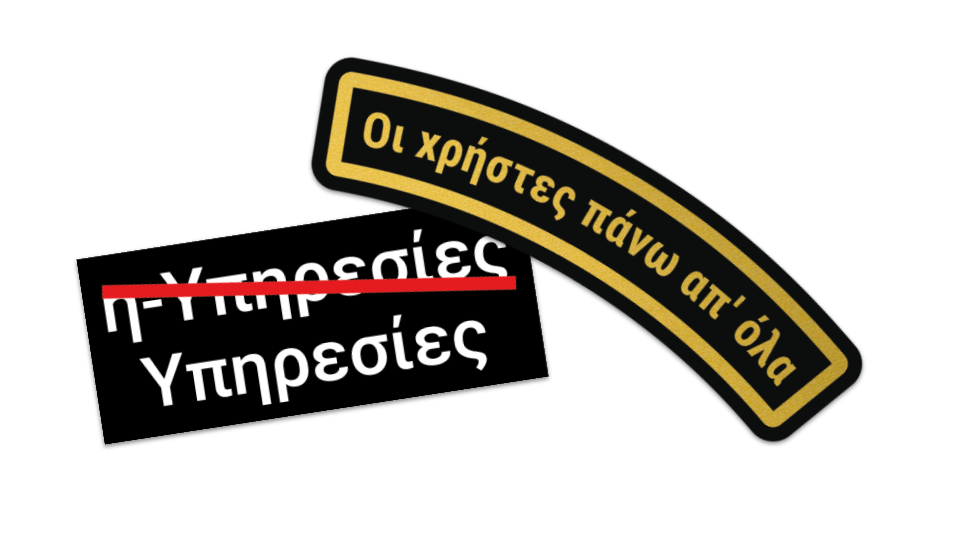The challenge
The Deputy Minister for Research, Innovation & Digital Policy’s ambition is for Cyprus to deliver digital public services designed around the needs of citizens and move up the rankings of digital nations.
Building a team to transform public services in Cyprus
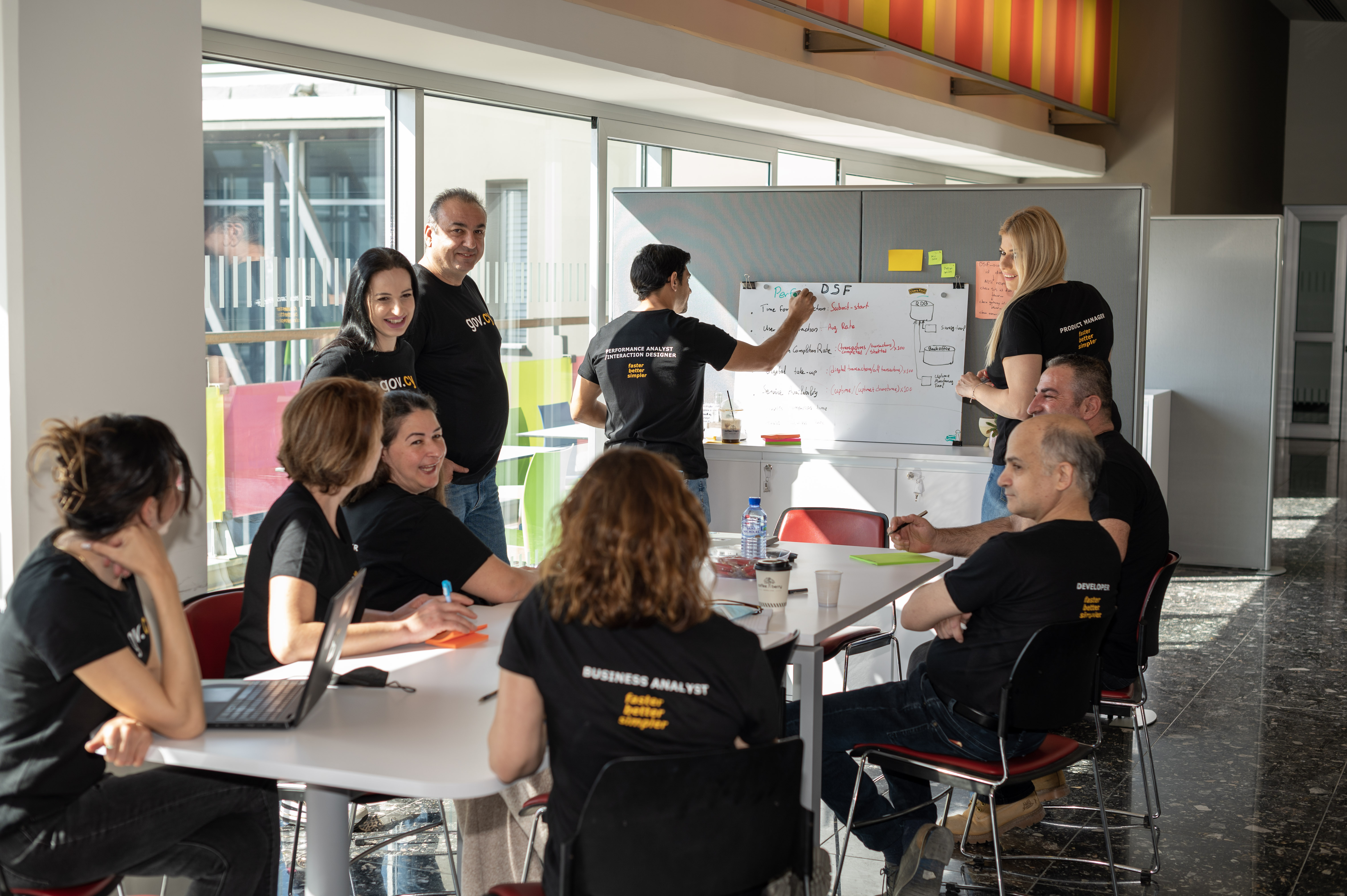
The Deputy Minister for Research, Innovation & Digital Policy’s ambition is for Cyprus to deliver digital public services designed around the needs of citizens and move up the rankings of digital nations.
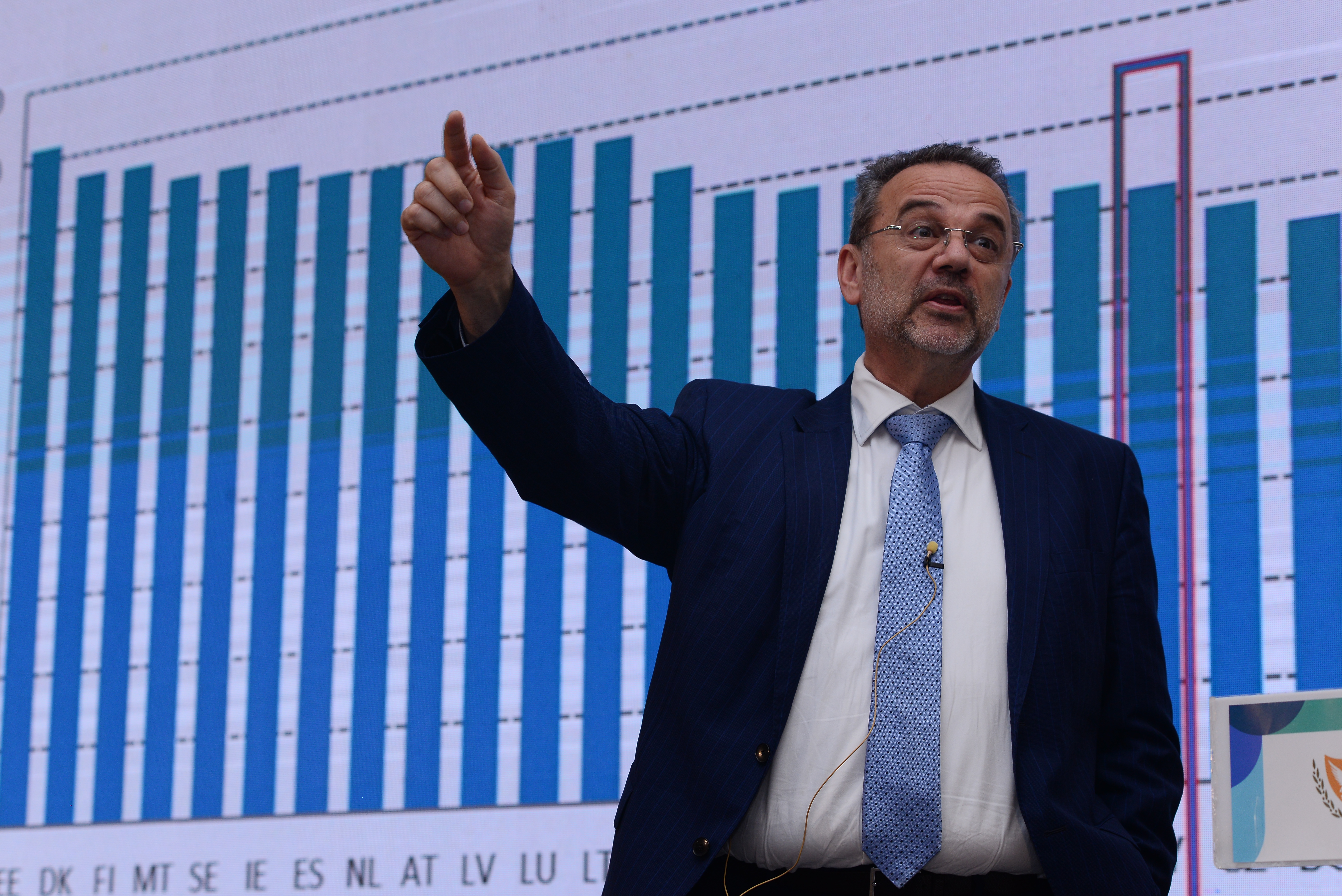
Our team at the Government Digital Service were brought in to develop the Digital Services Factory and transform the way public services are delivered by putting in place building blocks of digital government.
Over an 18 month period, we delivered procurement frameworks, service standards and a design system.

We trained an agile team who could become ambassadors of change. By providing a multidisciplinary team, we used a peer learning approach with our counterparts, most of whom had no experience in their new roles.
My responsibility was to develop a user centred design culture. I trained and shadowed 2 service designers and 2 interaction designers taking them from no experience in their new roles or working in agile teams to leaders.

We generally took a 'see, do, teach' approach over the course of the project however, my specific method involved building awareness and understanding followed by practice and reflection.
I designed a programme of introductory presentations introducing user centred design in government, user centred design roles, design doing, service design fundamentals, interaction design fundamentals and working in the open.
Most of these training sessions introduced a concept or theory followed by a practical exercise, this was important to test and support the understanding of the content.
Building awareness and understanding isn’t usually enough to create a behaviour change. I supported my counterparts to put what they learned into practice early on by delivering our first exemplar service. Rather than doing the activities for them, I was keen to guide, support and do things together.
Following an activity, I encouraged the team to reflect on what they’d achieved; what they could do differently next time and what they might do next. In many cases, this was the first time team members had worked in a collaborative way so we paid close attention to team dynamics and how we improve our ways of working together.
The Child Birth Grant was chosen as our first exemplar service. A paper application that allows mothers to claim a one off payment for each child they give birth to and is used by around 7000 people a year.
While the research team were focussed on putting in place the operational requirements, I took the opportunity to guide my service design counterpart to map the existing journey. This involved team workshops as well as admin and support staff interviews.
Alongside the mapping exercise, we also gathered information about legislation, user scenarios, back-end systems, integrations and processes.
Among other things the interviews told us that:
“I joined as a service designer but became an archeologist”

The journey map acted as a tangible artefact, allowing us to discuss our goals and prioritise areas to focus as a team.
We agreed our goal was to reduce service failure by allowing users to apply online more easily, making use integrations where possible to link up data we already held.
By doing this, we expect to see a significant reduction in errors and the time it takes to process applications.
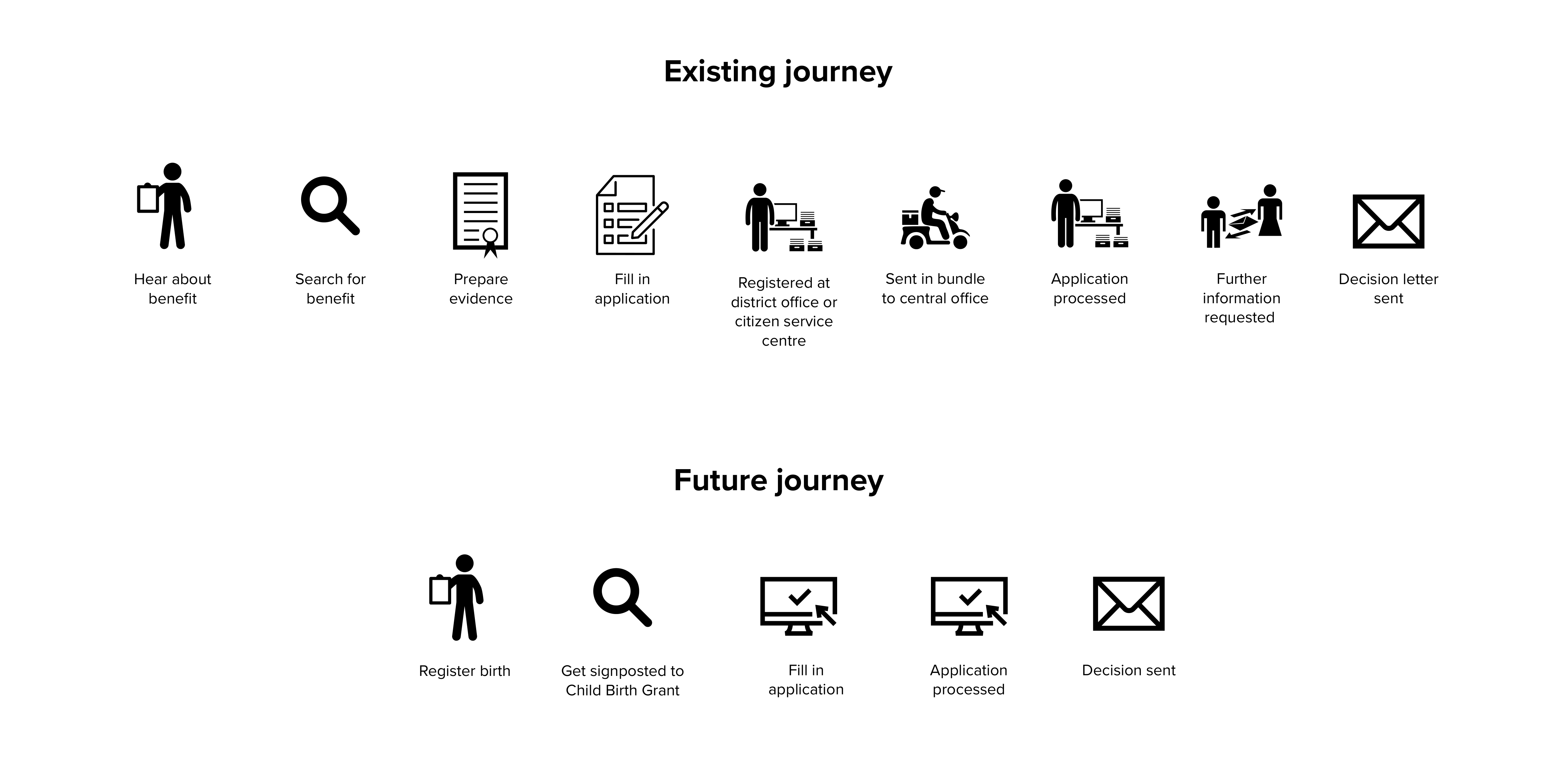
My aim with this discovery work was to teach through doing and encourage an open way of working. By creating artefacts, we could get feedback early and often until we were confident, we knew enough to move to the next stage.
The first diagram below shows the decision making process based on the legislation. We were able to use this to learn from administrators, test user scenarios and work with the tech team to identify integration opportunities.
We created the second diagram; the flow wireframe as a wider team involving interaction and content designers to make sure everyone agreed and understood the basic flow for the first prototype. Each page in this flow represented a possible interaction for users. It was also important for me to see how the team collaborated early on.
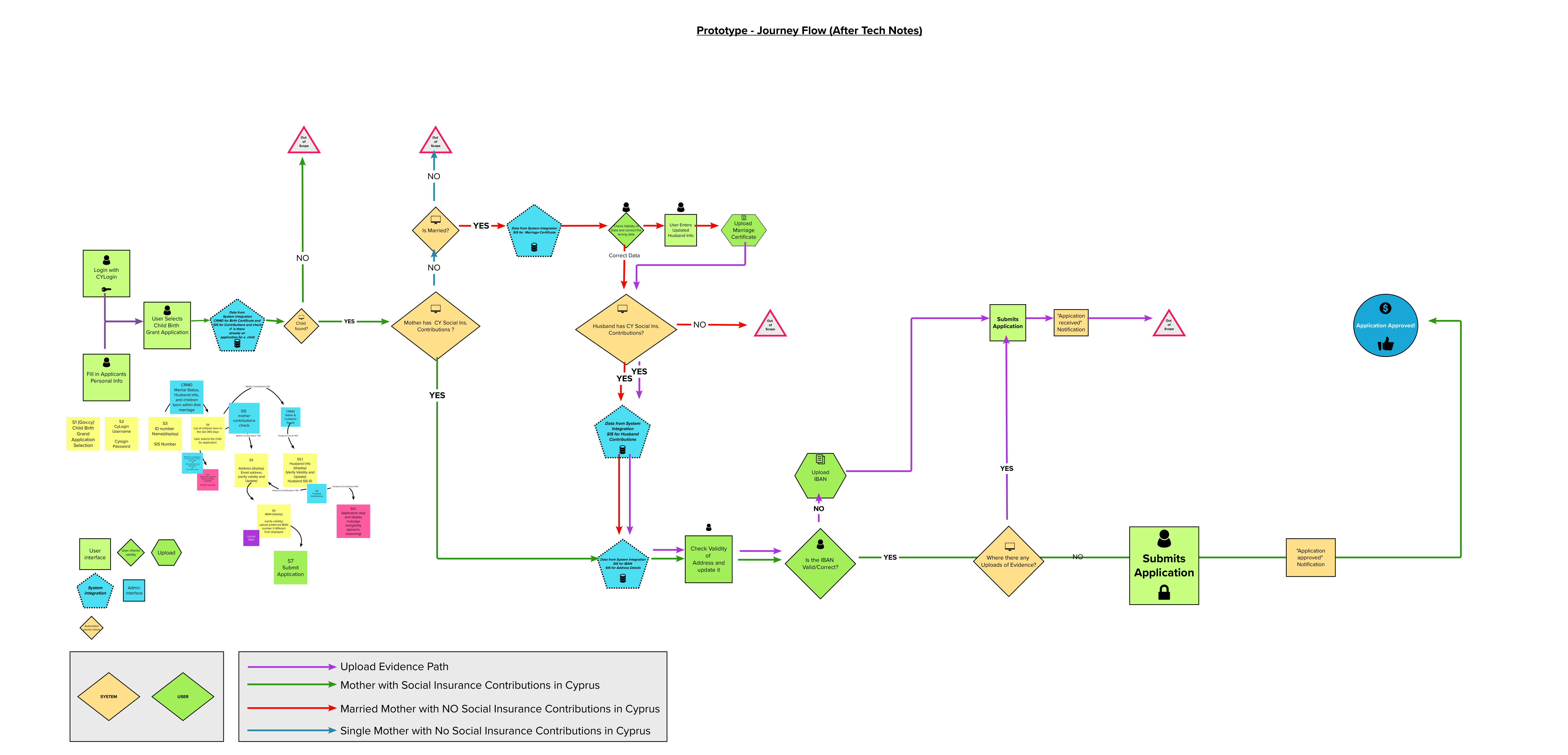

At the same time, I guided my interaction design counterpart to prioritise and develop styles and components needed in this service (and future services). We based the work off existing Cypriot government services and styleguides where possible and used the research and implementation guidance from the GOV.UK Design System to make sure our components would be as accessible as possible.
We worked closely with the tech team so that components would be ready to use when they come to build the service.
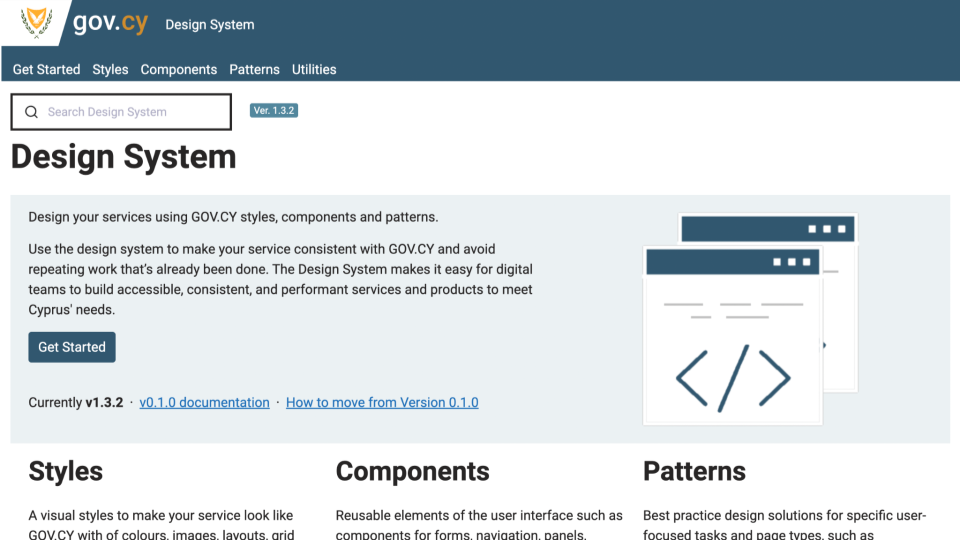
The research team ran 4 rounds of research. We used Figma for our first round of research which provided distracting challenges for usability testing, highlighting a need to develop a coded prototype kit to get the most realistic results.
Iterating over several sprints, we were able to continue to improve the service while making regular releases to production. For example, the first image below shows that for our first releases some journeys continue to direct users to the paper form where the second image below shows a more recent release.
The design team worked closely with developers throughout this process, pair working and using tools like Trello to move work from design to development.
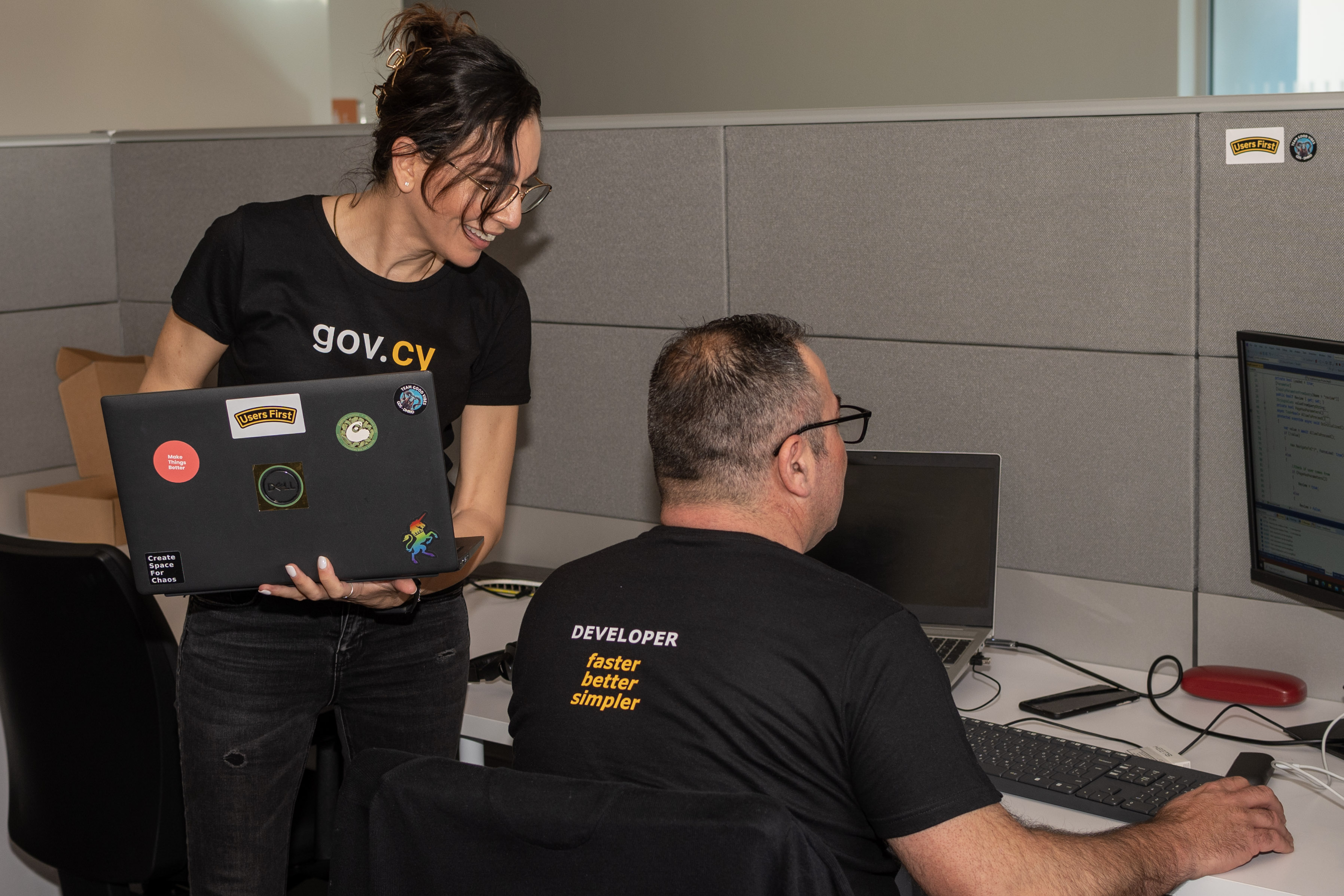
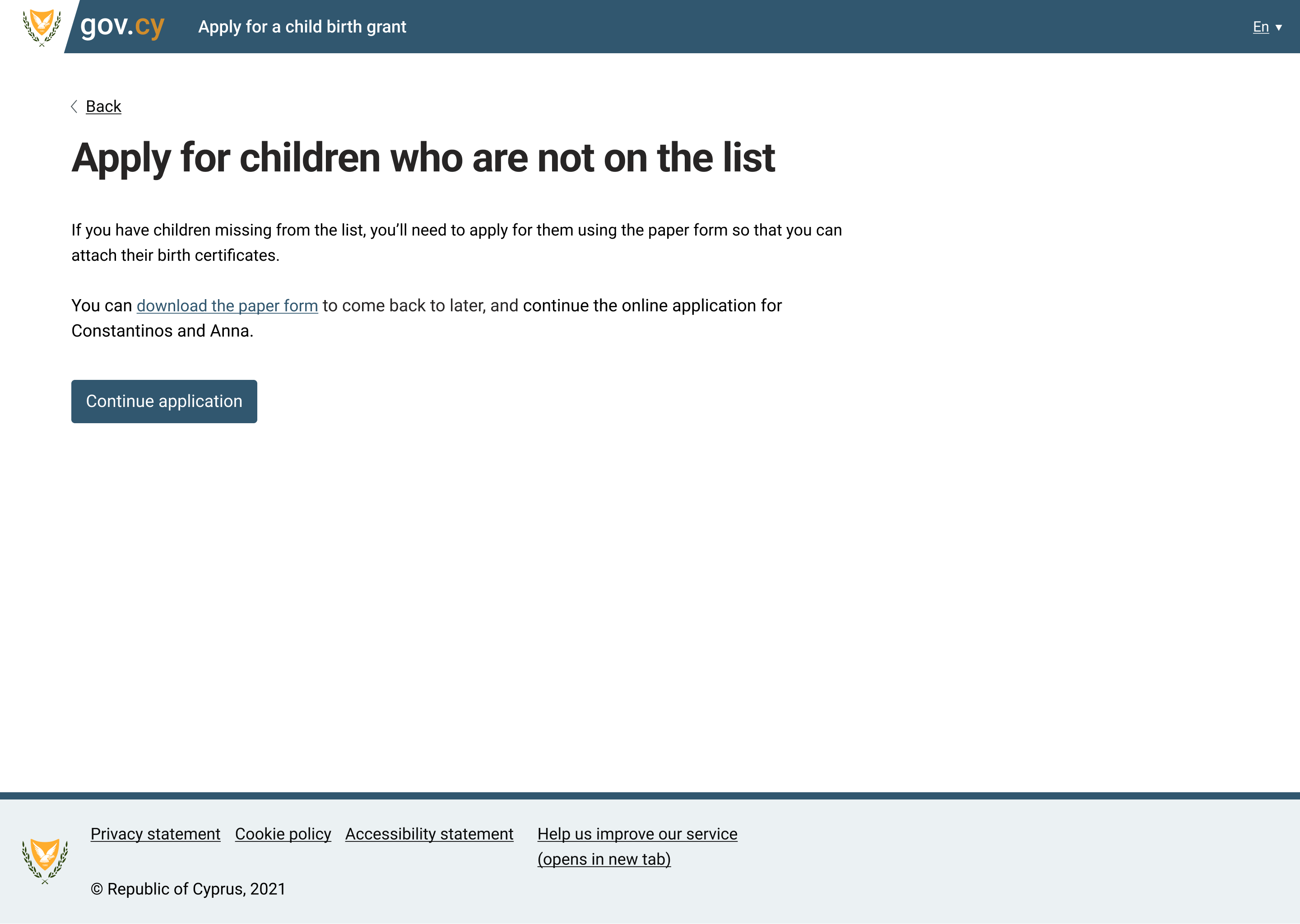
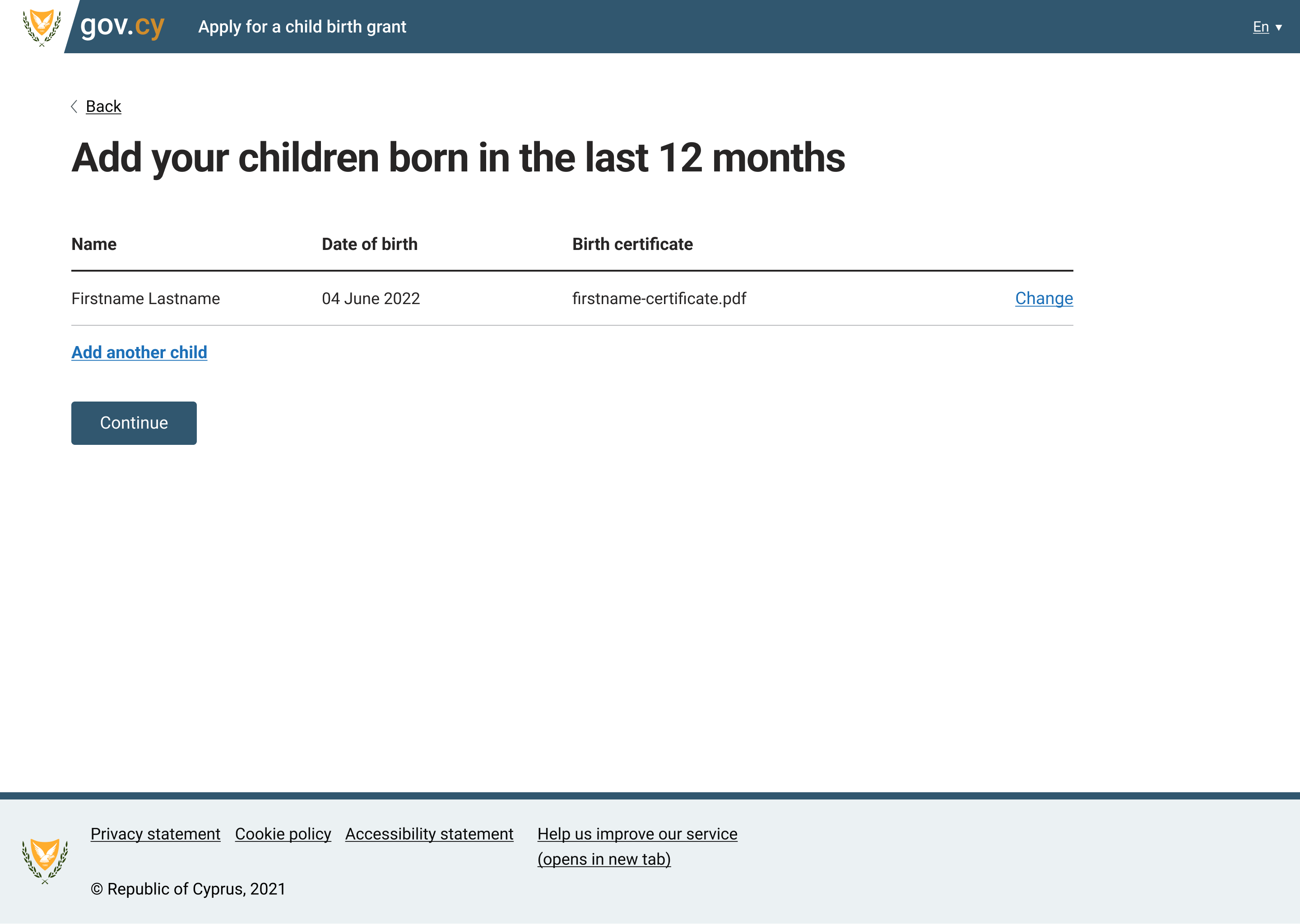
71% completion rate (420 of 591)
Digital service take up was 23% (1364 paper applications)
Average transaction time is 4 minutes
Between 10 and 30 minutes saved per application for the organisation
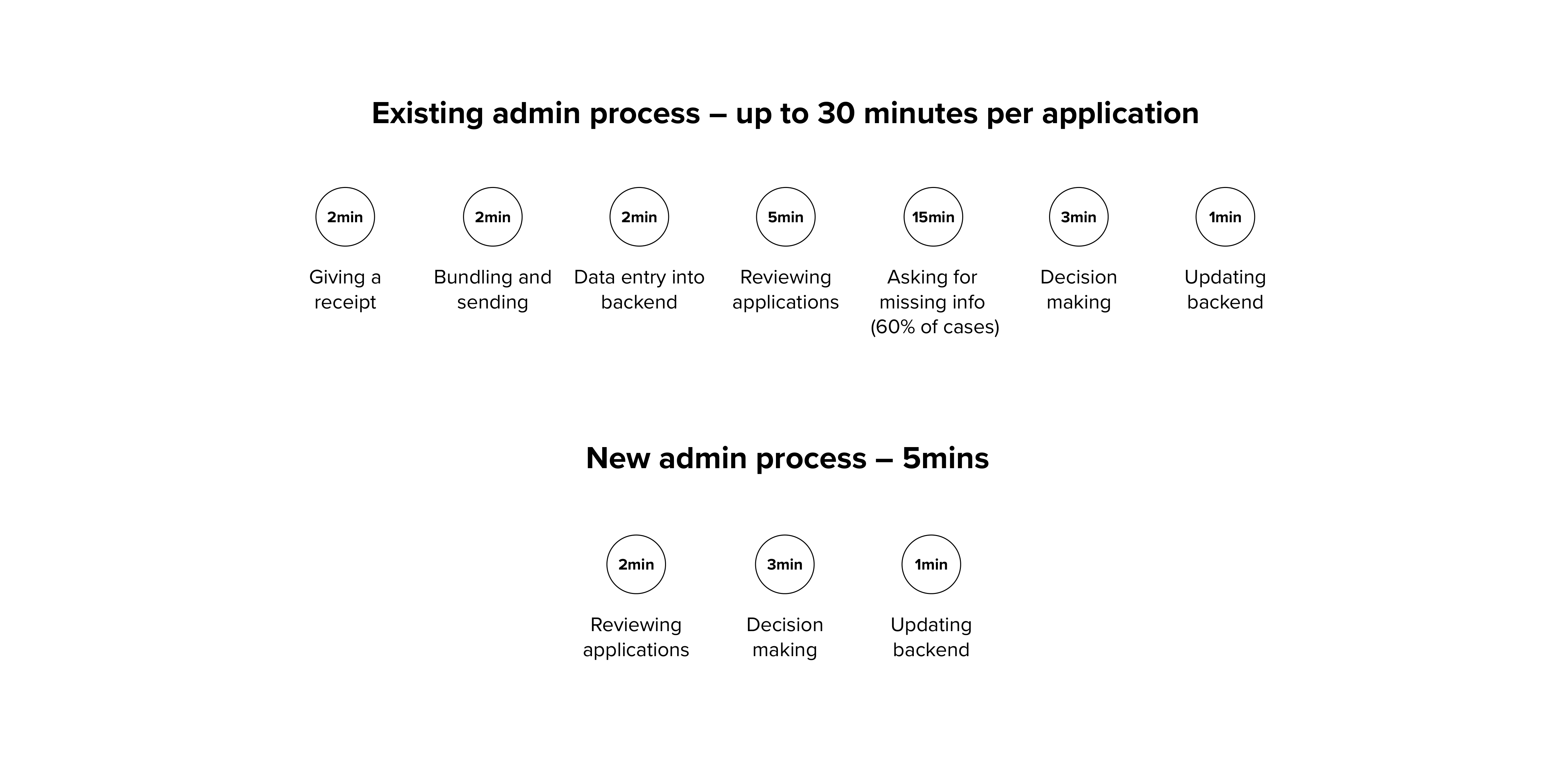
Once we’d delivered our first service together, I coached the user researcher on the team giving them the confidence to run a workshop with the design team to plan out how they want to approach their next service; what the activities and tasks they might need to take are. We used the double diamond as a framework.
When their second service came with tight deadlines, we were able to review and adapt their approach to make sure that they don’t compromise on the most important parts of their process despite the constraints.

Using the UK’s Digital Data and Technology skills framework I then supported my counterparts to assess and reflect on the skills they’ve developed as specialists and identified opportunities for further development.
In this video (10 minutes) from Services Week 2022, I interview the 2 service designers, Yiota Andreou and Theo Demetriades about their experience throughout this collaboration.
Alongside developing the building blocks of digital government and delivering exemplar services, I encouraced the designers to make time to be open about our work and culture, create posters and stickers, share spintnote newsletters with stakeholders, write blog posts and host and attend events.
I’m proud of what we achieved together in a year and a half and to see the Cypriot team delivering good work even when under pressure as well as representing user centred design in Cyprus and beyond.
“For the first time in our career, we were talking in front of an audience and representing our work”
